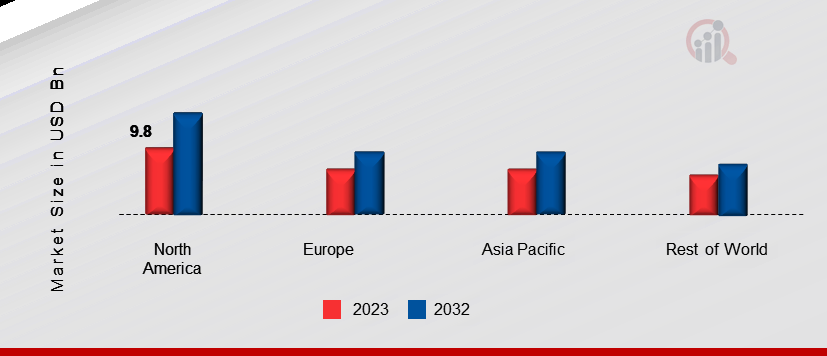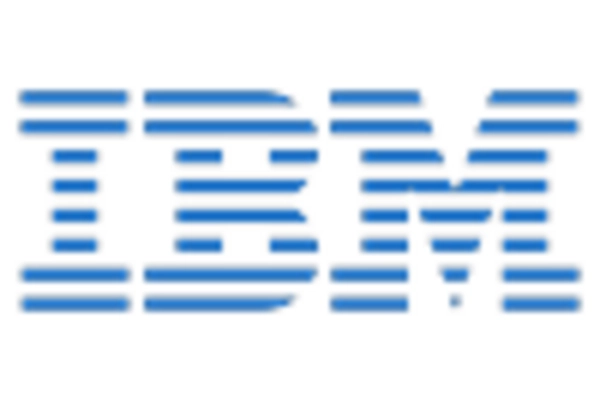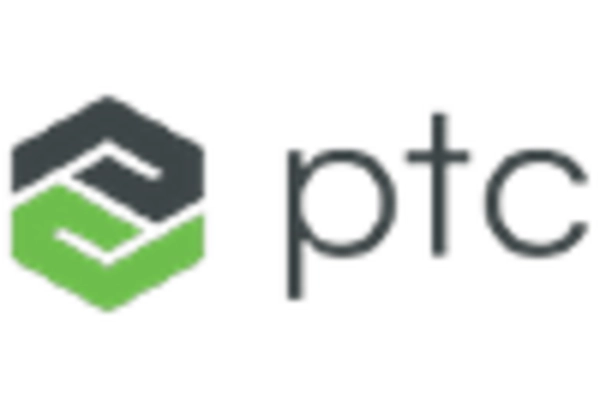Model based Enterprise Market Summary
As per MRFR analysis, the Model-based Enterprise Market Size was estimated at 25.1 USD Billion in 2024. The Model-based Enterprise industry is projected to grow from 29.12 USD Billion in 2025 to 128.47 USD Billion by 2035, exhibiting a compound annual growth rate (CAGR) of 16.0 during the forecast period 2025 - 2035.
Key Market Trends & Highlights
The Model-based Enterprise Market is poised for substantial growth driven by technological advancements and evolving industry needs.
- The integration of Digital Twins is transforming product development and lifecycle management across various sectors.
- There is an increased focus on collaboration tools, enhancing communication and efficiency among teams in North America.
- Adoption of AI and Machine Learning is accelerating, particularly in the Solutions segment, which remains the largest market segment.
- Key market drivers include the integration of advanced simulation technologies and the growing demand for customization and personalization, particularly in the Asia-Pacific region.
Market Size & Forecast
| 2024 Market Size | 25.1 (USD Billion) |
| 2035 Market Size | 128.47 (USD Billion) |
| CAGR (2025 - 2035) | 16.0% |
Major Players
Siemens AG (DE), PTC Inc. (US), Dassault Systèmes SE (FR), Autodesk Inc. (US), ANSYS Inc. (US), IBM Corporation (US), Oracle Corporation (US), SAP SE (DE), Altair Engineering Inc. (US)


















Leave a Comment